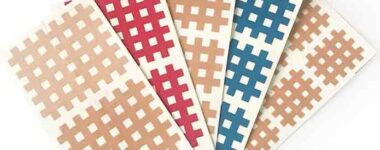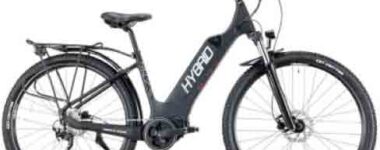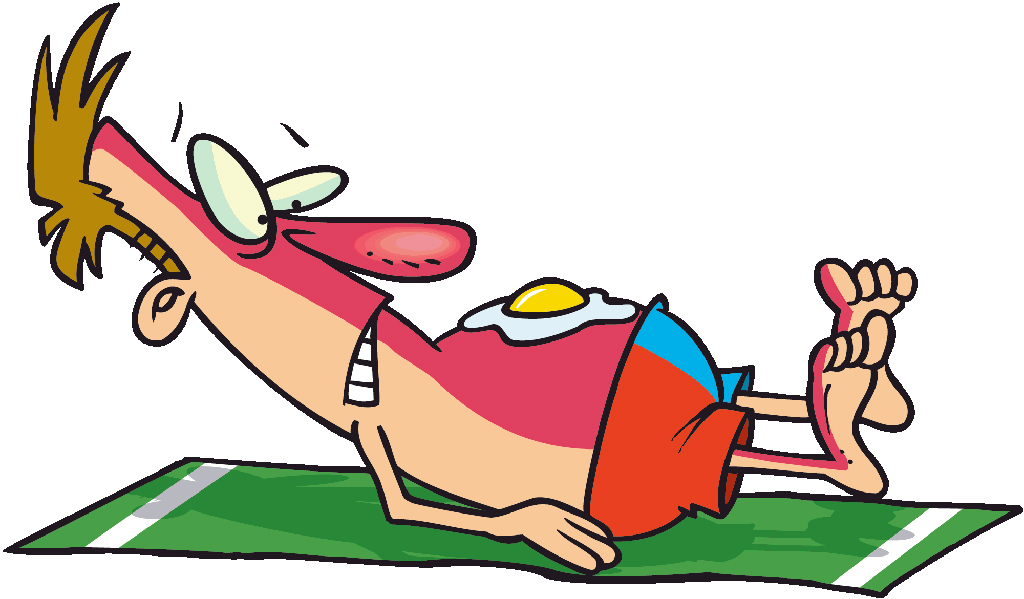Latest News
Share this post:
Few people would choose to ride in a car with no seat belts. So why hop on a bike without a bike helmet? Helmets simply make sense in all riding conditions and some areas even have laws requiring them.
Test results have helped manufacturers create helmets that are light, comfortable and able to handle significant impacts.
Here are some tips for choosing a bike helmet model that is well-suited to your needs.
Types of Bike Helmets
Bike helmets come in three basic types: recreational (also called multi-use and casual), road and mountain. All types are designed to protect your head from impact while being lightweight and comfortable. The differences:
Recreational helmets are an economical choice for recreational, commuter, road and mountain bikers; they’re also popular with skateboarders and inline skaters. They often include visors to shield your eyes from the sun.
Road bike helmets are preferred by roadie enthusiasts for their low weight, generous ventilation and aerodynamic design. These helmets typically forgo visors to keep the weight low and provide an unobstructed view when you’re crouched in an aggressive riding position.
Mountain bike helmets (often used by cyclocross riders, too) are designed to ventilate well at low speeds. They’re distinguished by their visors, enhanced rear-head coverage and a firm, secure fit for when you’re tackling rough terrain. Some feature full-face protection that’s preferred by downhill mountain bikers and park riders.
Bike Helmet Construction
Most helmets use in-mould construction, a popular process that fuses an outer shell and inner liner without the use of glues. This results in light-yet-strong designs. While weight is not a big concern for occasional cyclists, racers and frequent riders really appreciate the weight savings of a lighter helmet.
Shell: Most cycling helmets are covered with a plastic shell to hold the helmet together in a crash, provide puncture-resistance and allow the helmet to slide on impact (to protect your head and neck).
Liner: Most helmet liners are made of expanded polystyrene foam. On impact, the liner dissipates the force to protect your head. Make sure the liner fits your head comfortably.
MIPS Technology
Some helmets feature Multi-directional Impact Protection System (MIPS) technology, a way of constructing helmets that’s aimed at providing more protection from rotational forces during a bike crash.
MIPS-equipped helmets feature a low-friction layer that allows the helmet’s impact-absorbing foam liner to rotate slightly around your head during an impact. It moves only a few millimetres overall, but it can reduce the amount of rotational force that may be transferred to your brain in certain impacts.
Additional Bike Helmet Features
 Ventilation: Helmet vents enhance wind-flow over your head, keeping you cooler and more comfortable as you ride. The more vents you have, the lighter the helmet, too.
Ventilation: Helmet vents enhance wind-flow over your head, keeping you cooler and more comfortable as you ride. The more vents you have, the lighter the helmet, too.
Visor: Some riders prefer having a sun-shielding visor attached to the helmet. These are very common on mountain bike helmets. A visor does, however, add a fractional ounce of weight and slight wind resistance.
Full-face protection: Some mountain bike helmets have a wraparound chin bar to provide face protection for downhill mountain biking and park riding. Some enduro racers also like the added protection.
Straps: The strap system should be comfortable and easy to buckle and unbuckle.
Hair port: Some helmets come with a strap design that accommodates ponytails.
Find the Right Size Bike Helmet
When choosing a bike helmet, a good fit is vital. Most helmets come in small, medium, large or extended sizes.
To find your size, wrap a flexible tape measure around the largest portion of your head—about 2.5cm in. above your eyebrows. Or, wrap a string or ribbon around your head, then measure the length of string with a straight-edge ruler.
Look for a helmet size that matches your measurement.
General sizing parameters:
Extra-small: below 20” (51cm)
Small: 20”–21.75” (51cm–55cm)
Medium: 21.75”–23.25” (55cm–59cm)
Large: 23.25”–24.75” (59cm–63cm)
Extra-large: above 24.75 (63cm)
One size fits all (men): 21.25”–24” (54cm–61cm)
One size fits all (women): 19.75”–22.5” (50cm–57cm)
One size fits all (kids): 18”–22.5” (46cm–57cm)
Between sizes? Either opt for the smaller size or wear a cycling cap or beanie to improve the fit of the larger helmet. Some adults with smaller heads can wear a kids’ size comfortably.
Adjusting a Bike Helmet
A good-fitting helmet should be snug but not annoyingly tight. It should sit level on your head (not tilted back) with the front edge 1 in. or less above your eyebrows so that your forehead is protected. Push the helmet from side to side and back to front. If it shifts noticeably (2.5cm. or more), you need to adjust the fit.
To adjust the fit, first expand the sizing wheel before you place a helmet on your head. Almost all helmets have a sizing wheel on the back of the helmet’s internal sizing ring. Once the helmet is in place, reach behind your head and tighten the ring (usually by twisting a wheel) until you get a snug fit.

Next, buckle and tighten the chinstrap. The straps should form a “V” as they rest under each ear. Adjust the straps around both ears until you have a comfortable fit.

Finally, with the chinstrap buckled, open your mouth wide. The helmet should press against the top of your head as you do so. If not, tighten further and repeat. Just don’t over tighten the strap until it’s uncomfortable.
Bike Helmet Care
-
-
-
- Avoid using chemical solvents to clean a helmet. Manufacturers recommend only the use of a soft cloth or sponge, plus mild soap and water. Removal pads may be washed.
- Do not store a helmet in an attic, garage, car trunk or other area where heat can accumulate. Excessive heat may cause bubbles to form on helmet parts. Do not wear a heat-damaged helmet.
- Avoid loaning your helmet to others. You want to know exactly what kind of use your helmet has experienced during its lifespan.
-
-
When to Replace a Helmet
Any helmet involved in an accident is likely to get damaged. Replace the helmet after any significant impact, even if everything looks OK.
If you’ve been crash-free, it is generally recommended to replace your helmet after 5 years. Pollution, UV light and weathering can weaken its components over time.


 Collecting and Propagating Seeds
Collecting and Propagating Seeds China on a Plate: The Flavours of a Nation (with a Spotlight on Sichuan)
China on a Plate: The Flavours of a Nation (with a Spotlight on Sichuan) Kinesiology Cross Patches
Kinesiology Cross Patches Camaraderie On a Walking Tour…
Camaraderie On a Walking Tour… How E-Biking Has Transformed Biking Tours
How E-Biking Has Transformed Biking Tours








